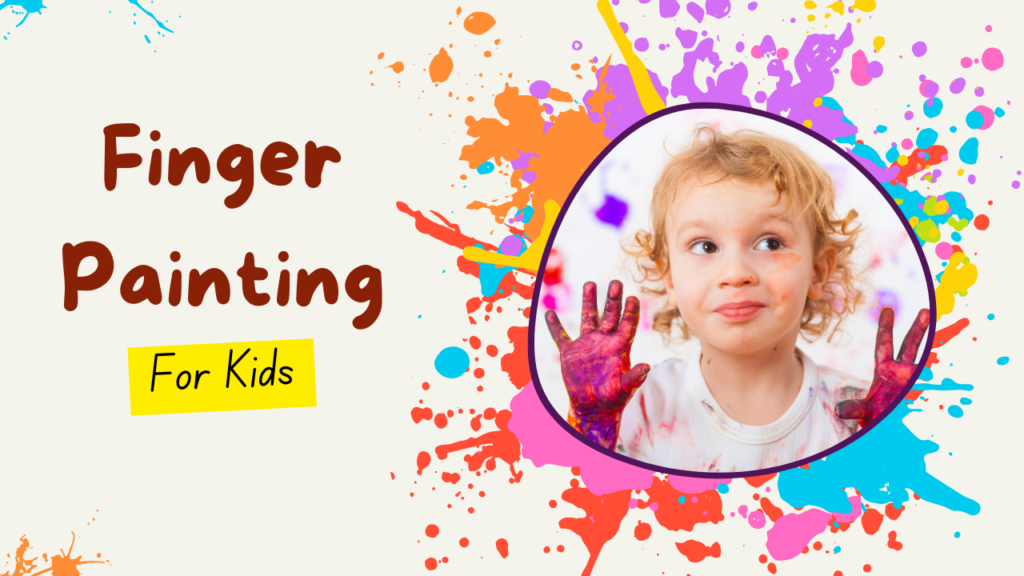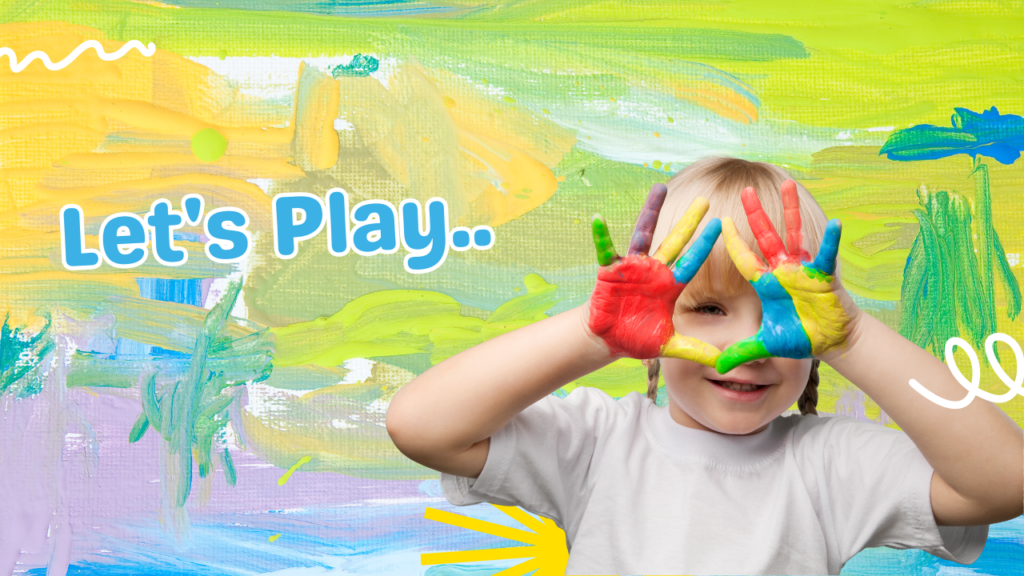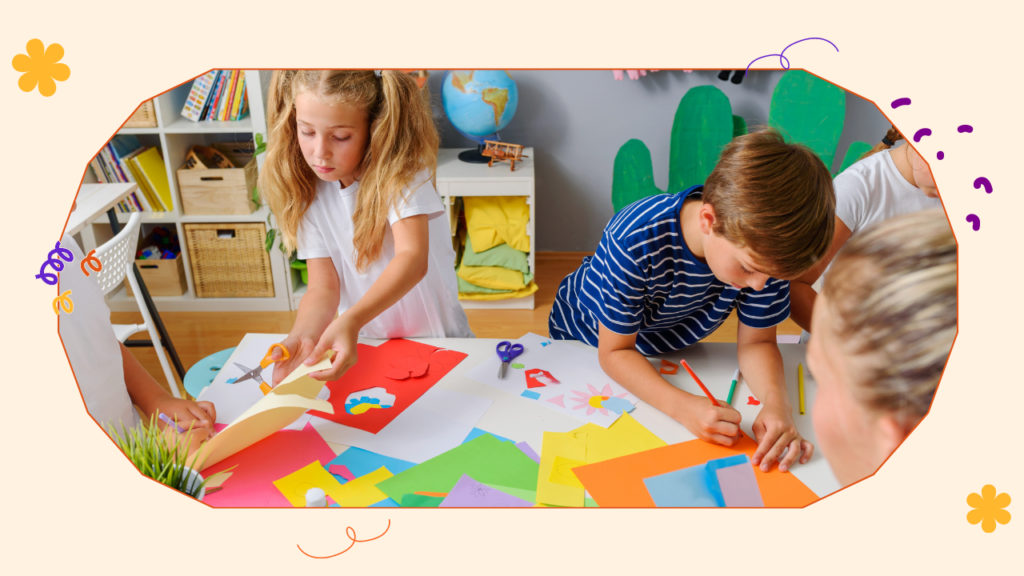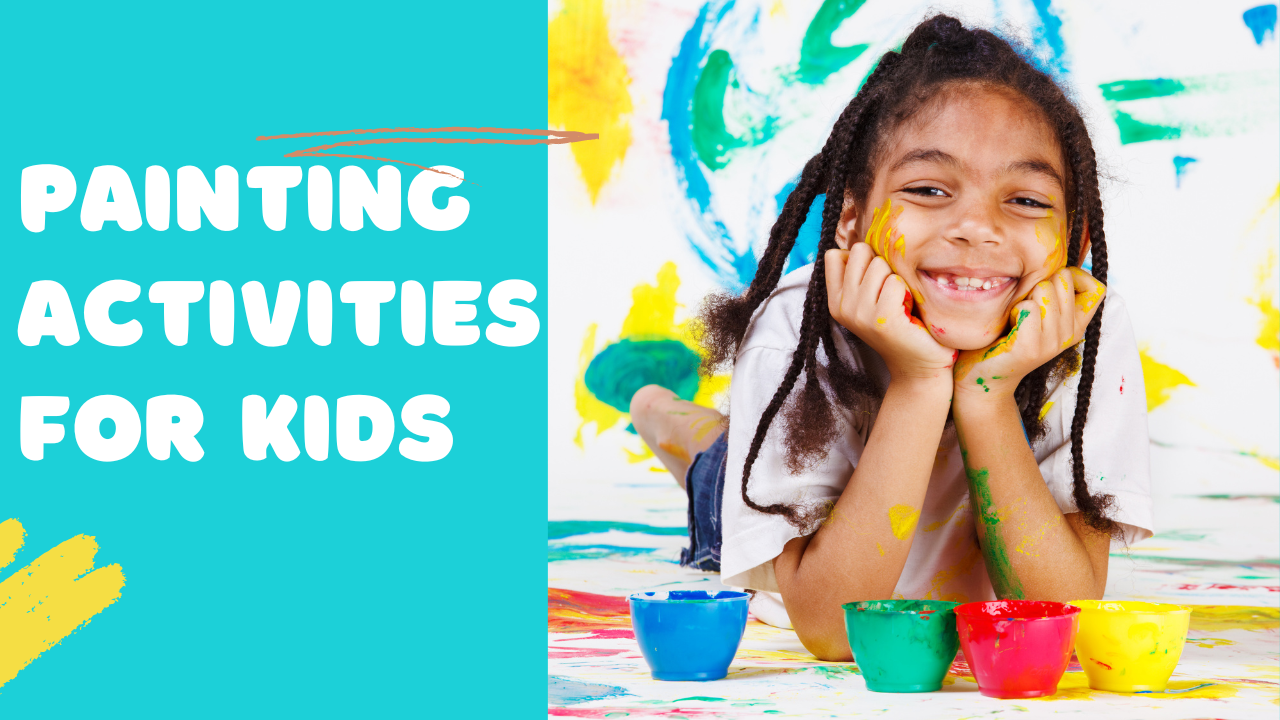Painting is a wonderful way for children to express themselves, develop fine motor skills, and explore their creativity. This article will dive into various exciting painting activities that will keep your little ones engaged and inspired. From traditional techniques to innovative projects, we’ve got you covered with ideas that are sure to spark joy and imagination in children of all ages.
Why Painting is Important for Child Development
Before we jump into the activities, let’s briefly discuss why painting is so beneficial for kids:
- Enhances creativity and self-expression
- Improves fine motor skills and hand-eye coordination
- Boosts cognitive development and problem-solving abilities
- Encourages emotional growth and stress relief
- Builds confidence and self-esteem
Now, let’s explore some fantastic painting activities that will bring out the artist in every child!
1. Classic Finger Painting
What you’ll need:
- Finger paints
- Large sheets of paper
- Plastic tablecloth or newspapers
Finger painting is a timeless activity that allows children to directly engage with colors and textures. Spread out a plastic tablecloth or newspapers to protect your work surface, then let your kids dive in with their hands! Encourage them to mix colors, create patterns, and explore different ways of applying paint to paper.
Pro tip: Use washable finger paints for easy cleanup.

2. Nature-Inspired Painting
What you’ll need:
- Acrylic or tempera paints
- Brushes
- Canvas or thick paper
- Natural items (leaves, flowers, twigs)
Take your kids on a nature walk to collect interesting items like leaves, flowers, and twigs. Then, use these natural elements as inspiration or even as painting tools. Kids can press leaves into paint and then onto paper to create leaf prints, or use twigs as unconventional brushes for unique textures.
3. Marble Rolling Art
What you’ll need:
- Shallow box or tray
- Paper to fit inside the box
- Marbles
- Washable paint
- Small cups for paint
This activity is as fun as it is messy! Place paper in the bottom of a shallow box. Put small amounts of different colored paints in cups. Let your child dip marbles in paint and then roll them around the box, creating colorful trails and patterns.
4. Bubble Wrap Printing
What you’ll need:
- Bubble wrap
- Paint
- Paper
- Rolling pin (optional)
Cut bubble wrap into manageable pieces. Have your kids paint directly onto the bubble wrap using brushes or by dipping it into paint trays. Then, press the painted bubble wrap onto paper, either by hand or using a rolling pin for more even pressure. The result is a fun, textured print!
5. Watercolor Resist Art
What you’ll need:
- White crayon or oil pastel
- Watercolor paints
- Watercolor paper
- Paintbrushes
Have your children draw a design on watercolor paper using a white crayon or oil pastel. Then, let them paint over the entire paper with watercolors. The crayon or pastel will resist the paint, revealing their hidden design!

6. Splatter Painting
What you’ll need:
- Old toothbrushes
- Liquid watercolors or watered-down acrylics
- Large sheets of paper
- Clothespins (optional)
This activity is perfect for outdoor fun! Dip old toothbrushes in paint and flick the bristles to create a splatter effect on paper. For added fun, clip paper to a fence or easel and let kids splatter from different angles. Remember to dress in old clothes for this messy but enjoyable activity!
7. Salt and Watercolor Painting
What you’ll need:
- Watercolor paper
- Watercolor paints
- Salt (table salt or coarse salt)
- Paintbrushes
Have your kids paint a design with watercolors on their paper. While the paint is still wet, sprinkle salt over the painted areas. As the paint dries, the salt will absorb some of the color, creating interesting textures and patterns. Once completely dry, brush off the excess salt to reveal the magical effect!
8. Straw-Blown Painting
What you’ll need:
- Straws
- Liquid watercolors or watered-down acrylics
- Paper
- Droppers or spoons
Drop small puddles of paint onto paper, then have your children use straws to blow the paint around, creating unique designs and patterns. This activity is great for developing breath control and can be particularly beneficial for kids with speech difficulties.
9. Sponge Painting
What you’ll need:
- Various shaped sponges
- Paint
- Paper or fabric
Cut sponges into different shapes or use pre-cut craft sponges. Dip them in paint and stamp onto paper or fabric. Kids can create patterns, landscapes, or abstract designs. This activity is excellent for developing hand strength and exploring texture.
10. Ice Cube Painting
What you’ll need:
- Ice cube trays
- Popsicle sticks
- Washable paint
- Paper
Mix washable paint with water and freeze in ice cube trays with popsicle sticks as handles. On a warm day, take the activity outside and let your kids paint with the melting, colorful ice cubes. It’s a cool and refreshing way to create art!

Tips for a Successful Painting Session with Kids
- Prepare the space: Cover work surfaces with old newspapers or a plastic tablecloth for easy cleanup.
- Dress appropriately: Have kids wear old clothes or smocks to protect their clothing.
- Choose the right paints: Opt for non-toxic, washable paints suitable for children.
- Encourage exploration: Let children experiment with colors, techniques, and tools without too much direction.
- Make it a learning experience: Discuss color mixing, shapes, and patterns as you paint together.
- Display their work: Show pride in your children’s creations by displaying them prominently in your home.
Frequently Asked Questions (FAQs)
Q: At what age can children start painting?
A: Children can start exploring paint as early as 6 months old with finger paints, under close supervision. As they grow, they can progress to using brushes and more complex techniques.
Q: How can I encourage my child who doesn’t seem interested in painting?
A: Try different techniques or combine painting with their interests. For example, if they love cars, let them paint with toy car wheels. Make it a fun, pressure-free activity rather than a task.
Q: What’s the best type of paint for young children?
A: Washable tempera or finger paints are ideal for young children. They’re non-toxic, easy to clean up, and come in vibrant colors.
Q: How can I preserve my child’s artwork?
A: You can frame special pieces, create a digital archive by photographing the artwork, or use services that turn children’s art into books or other keepsakes.
Q: How do I handle a child who only wants to use one color when painting?
A: This is normal and often a phase. Encourage exploration by introducing new colors gradually, but don’t force it. Many famous artists had monochromatic periods too!
Painting is a joyful and enriching activity for children of all ages. By providing various materials and techniques, you can help nurture your child’s creativity and self-expression. Remember, the process is more important than the final product, so focus on making painting a fun and relaxed experience. Happy painting!












